Are you an abstract art aficionado? Maybe you have
existential questions? If so, you might want to consider stopping by Darat Al
Funun and looking at the current exhibit, "I Know the Emptiness of this
House".
اضافة اعلان
The exhibit, which opened on March 14 and is open till July
27, is a solo exhibition for Darat Al Funun's artist-in-residence, Ali Kaaf, an
Algerian-born Syrian visual artist based in Berlin.
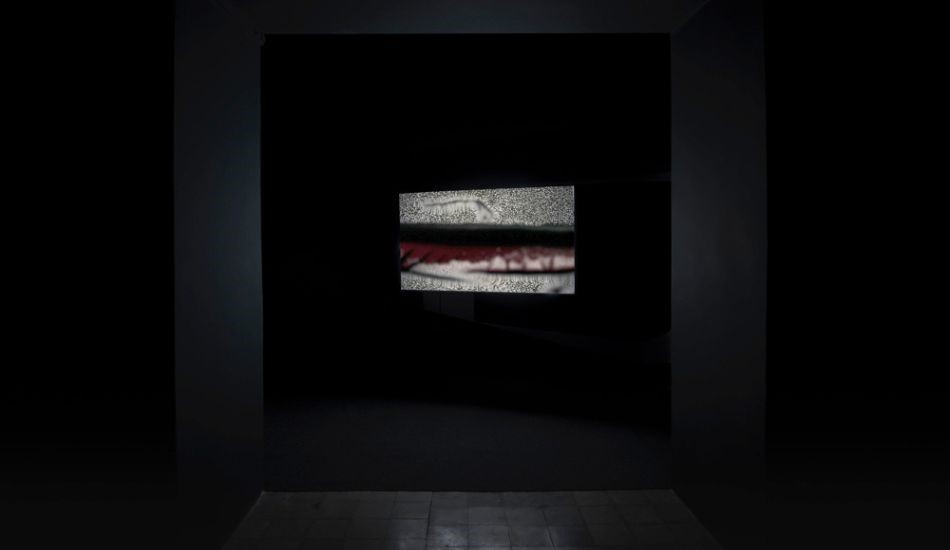
The exhibit features a range of selected works covering
various artistic disciplines, from drawings of paper and ink to photography,
sound, and video.
It also highlights a new spatial installation named "I
Know the Emptiness of This House."
The exhibit's name, "I Know the Emptiness of this
House," is derived from the installation, an abstract reflection of Qusair
Amra, a historical hammam (bath house) and observatory from the Umayyad era
that was built by Walid Ibn Yazid, whose poetry also includes the verse "I
Know the Emptiness of this House".
Stillness and voidThe installation, which contrasts the stillness and void of
the desert outside with the intimate and intensely richly animated inner room,
comprises powder-coated and raw metal pipes. Additionally, it draws inspiration
from the Umayyad architecture's use of geometry and numerology.
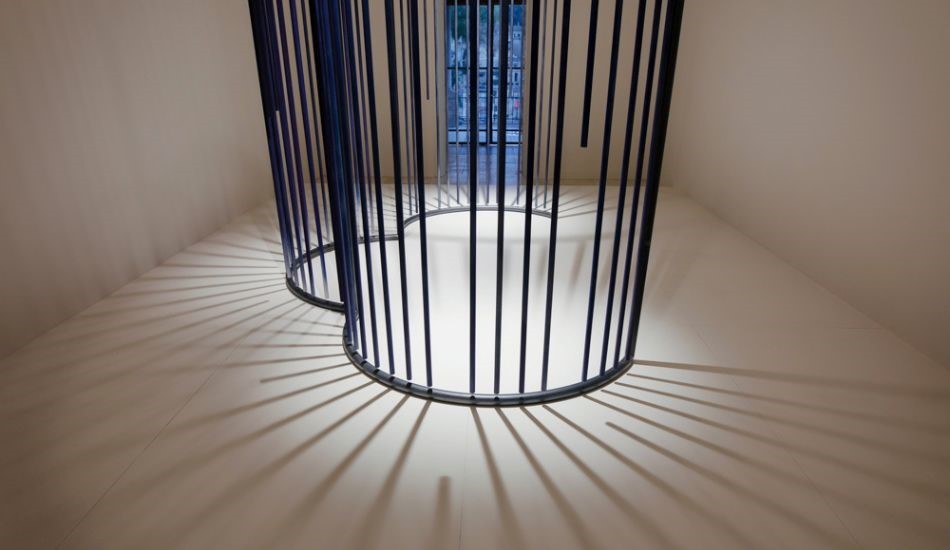
In an exclusive interview with
Jordan News, Ali Kaaf
said, "Darat Al Funun invited me to participate in an art residency last
October, which resulted in the creation of the installation."
The installation came with a lot of preliminary work.
"Following multiple site visits to Qusair Amra, I took
note of the emotions the Qusair ensued in me, and prolonged my research, book
readings, and interviews with archeologists who had a particular interest in
it."
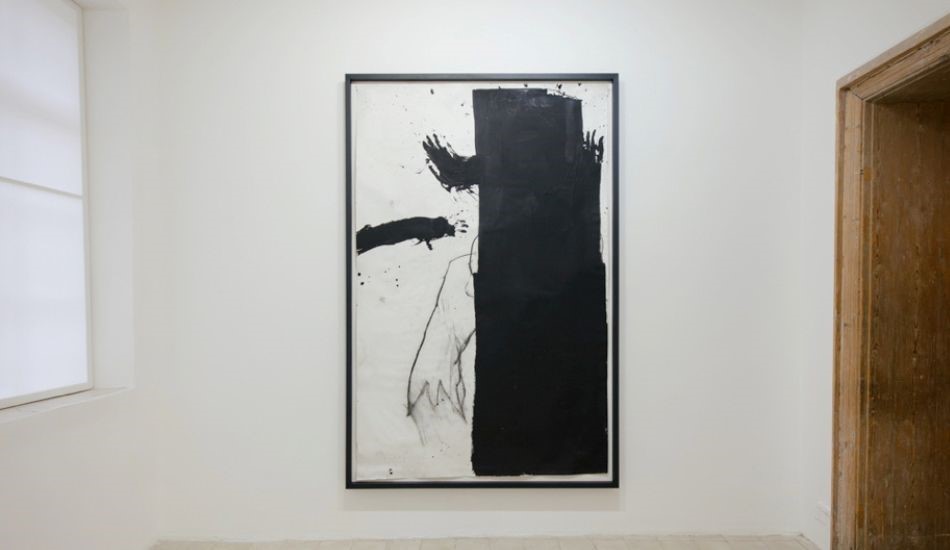
"Throughout the residency, I came to the conclusion
that the palace was an Umayyad avant-garde, a revolutionary (space), with its
art and shapes, and a place for leisure, recreation, and spirituality. My
installation is a homage from a contemporary artist to a once-upon-a-time
contemporary building, a statement, and a reflection on it."
Despite the historical inspiration, the installation was portrayed
in a traditional folkloric way. And while we do not see a representation of
Qusair Amra itself, Kaad introduces an interpretation.
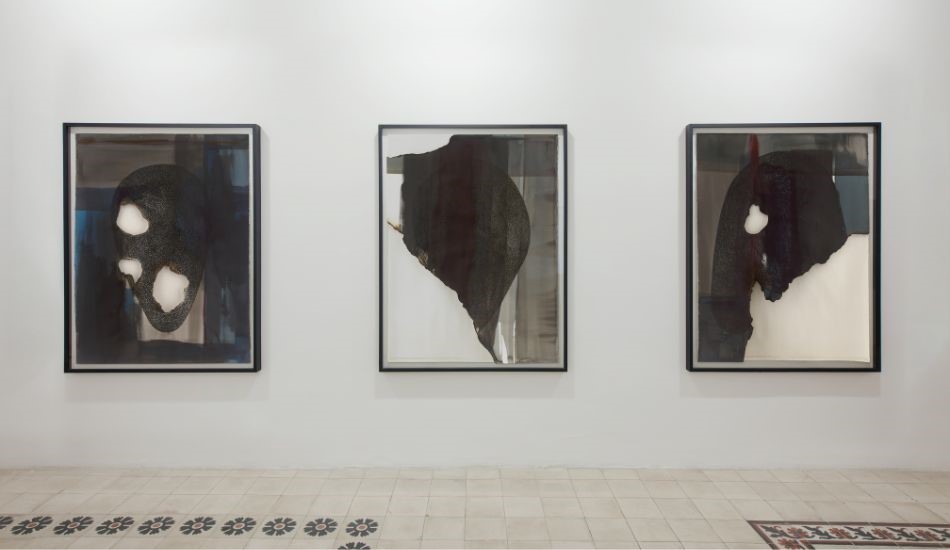
"Our relationship with history should not be rigid.
Going back in history is not governed by actually going back, but in how we see
history and how we interpret it."
Works on displayThe exhibit includes works from the Rift series
and Byzantine Corner, a video about the installation "I Am a
Stranger" Box of Pain, and the oddly compelling Scherben Mantra, among
several others.
While the exhibition features pieces flown in from Berlin,
Kaaf stressed the importance of creating some pieces in Amman. "The
exhibition is exhibited in the Arab world, particularly in Amman, which for me,
is a significant milestone and one to which I am connected."
"I have carefully curated it," he said,
A long-standing relationshipDarat Al Funun and Kaaf's relationship dates back to 1999
when he attended the gallery's first Summer Academy under the supervision of
Marwan Kassab-Bachi, which proved to be a turning point in Kaaf's
trajectory.
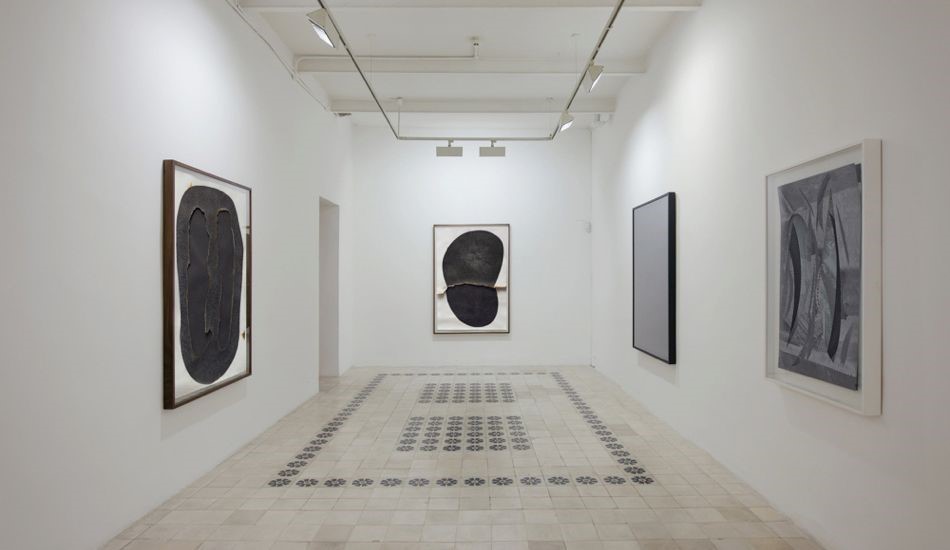
The summer academy proved to be a pivotal experience for him
since he got to work alongside other up-and-coming Arab artists.
To Kaaf, "it seemed unlikely that a Syrian artist would
meet artists from Palestine, Jordan, and Lebanon, let alone huddle in a group
to think, work, and create together."
However, he "was eager and thirsty to learn about art
outside our cities."
And the academy, to him, came at a time of artistic hunger
in the region.

"Darat Al Funun has been investing in building a
space in such a challenging social, political, and economic reality while
offering a rare room for artists' independence at a time when artists'
independence was not served on the table in the Arab art scene," he said.
Kaaf returned to the 2003 Summer Academy as Marwan's
assistant. He continued his studies at Universität der Künste in Berlin under
the supervision of Kassab-Bachi and Rebecca Horn.
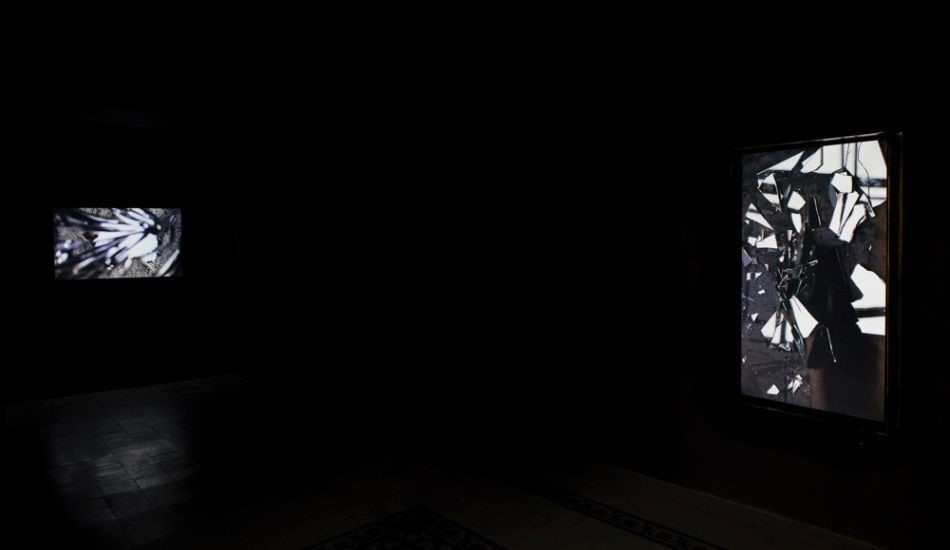
At Darat al Funun, he held his debut exhibition,
"Aswad," in 2004, marking the beginning of their long-standing
professional relationship.
Mediums and techniques While Kaaf is renowned for employing paper as a medium and
various techniques, including layering, incisions, fire, photography, and
digital image processing, he is constantly investigating the endless ways of
viewing matter and void.
When asked how he decides what materials to use, he shared,
"I usually work in themes and series, and before I choose the material I
will be using, I go through a long research process, after which a decision is
always taken on the material most suitable to portray my ideas."

"I occasionally work on a single topic for several
years before feeling as though it has developed, matured, and been stretched to
its absolute limit."
It is difficult to gloss over the interaction and the
relationship between artists and the materials they employ.
"The materials are not just mediums; they are artists'
personal decisions," he said.
Duality and contrast Kaaf's methods strongly rely on duality, oppositions, and
stark contrast. The contrast in his exploration of black and white, light and
shadows, positive and negative shapes, and their possibilities are most
noticeable in his work.
His works take on an evolving yet repetitive theme of
presence and absence, solid and void, action and silence, and movement and
stillness.
"I frequently use dualities, paradoxes, and
contradictions, particularly in the colors I choose. I firmly believe that art
must shock the viewer, which is not always a simple thing to do," he said.
Read more Culture and Arts
Jordan News



